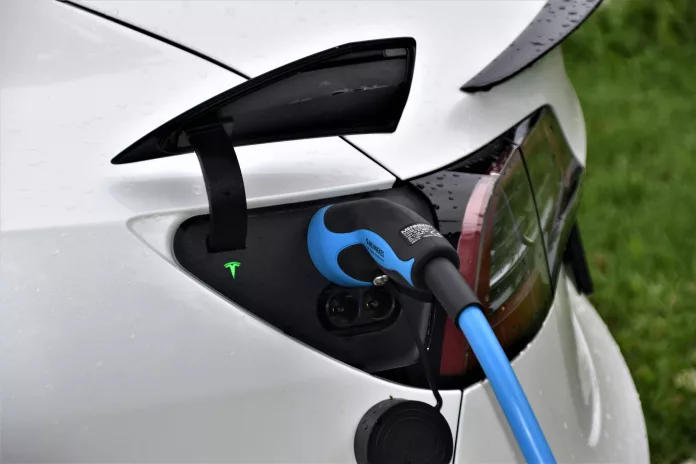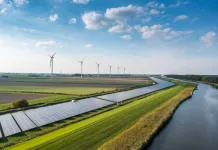A Surge in EV Popularity and Sales
Electric vehicles (EVs) are anticipated to soar in popularity by 2030, potentially claiming between 62% to 86% of global car sales. With advancements in EV technology, we may see EVs surpass internal combustion engine sales by 2026. Industry experts predict a revolution in EV manufacturing, pricing, and user experience that will draw consumers into a new era of driving.
Driving Experience Reimagined
A study by Auto Pacific reveals that the allure of electric travel is catching on, with 58% considering an EV for their next car purchase. This change is spurred by the promise of cost savings and the growing perception of EV ownership as a socially responsible norm. The zero-emission mindset is accelerating, reshaping social consciousness around automotive transport.
Automotive Industry’s Electric Shift
With a profound commitment to sustainability, automakers are transitioning to all-electric fleets, targeting an end to gasoline car sales by 2035. The transformation will see increased federal support for major plant modifications to accommodate battery electric vehicles (BEVs).
Diversity in Models and Affordability
The U.S. market is already displaying a broader range of EVs, addressing the concerns about high costs. As manufacturers release more varied models, pricing strategies are also evolving to make EVs more financially accessible while ensuring manufacturer profitability. Over time, the cost-effectiveness of EVs, especially in terms of maintenance and fuel, is expected to become more evident to consumers.
Governmental Push for EV Adoption
Regional initiatives are instrumental in actualizing zero-emission ambitions, with planned investments of $82 billion in EV charging infrastructure to support the anticipated surge in EV use, independent of upgrades to the power grid and distributed energy resources.
Charging Infrastructure Reinvention
By 2030, EV owners will enjoy a revamped charging experience. With the rise of remote work influencing charging habits, the proliferation of charging stations will alleviate range anxiety. While home charging becomes standard, public stations will offer additional conveniences, transforming pit stops into enjoyable breaks with various amenities.
The EV as a Home Extension
The future of EVs extends into infotainment, with vehicles serving as platforms for shopping, entertainment, and communication. Consumers will enjoy the convenience of in-car purchases while automakers tap into new revenue streams. Added features like advanced driver-assistance systems (ADAS) and comfort enhancements will be accessible through the vehicle’s interface.
V2G Technology and Grid Improvements
Evolving the interaction between EVs and the electric grid will enable a seamless transition to electric mobility. Vehicle-to-grid (V2G) technology will optimize battery use, balancing the vehicle’s needs with grid stability. The incorporation of renewable energy and smart charging strategies will supplement the grid as demand rises due to EVs.
Transitioning the Workforce
The shift to EVs is anticipated to create new jobs in design, battery production, and charging infrastructure. Through policies and union advocacy, workers will transition into these newer industries, ensuring stability during the shift away from fossil fuels.
Battery Innovation and Mineral Sourcing
As battery costs decrease significantly, the automotive industry will scale up mining for essential materials like lithium and cobalt and invest in recycling to meet the demand. Projections suggest that recycling could satisfy a considerable portion of raw material needs for lithium-ion batteries by 2040.
Economic and Health Advantages of EVs
The surge in EV adoption is expected to drive economic development and innovation. Companies are likely to embrace sustainable business practices, leading to reduced emissions and significant public health improvements by minimizing pollution from traditional vehicles.

























